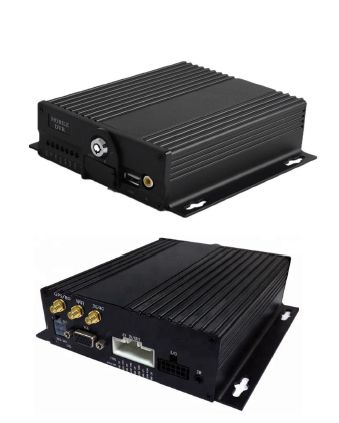
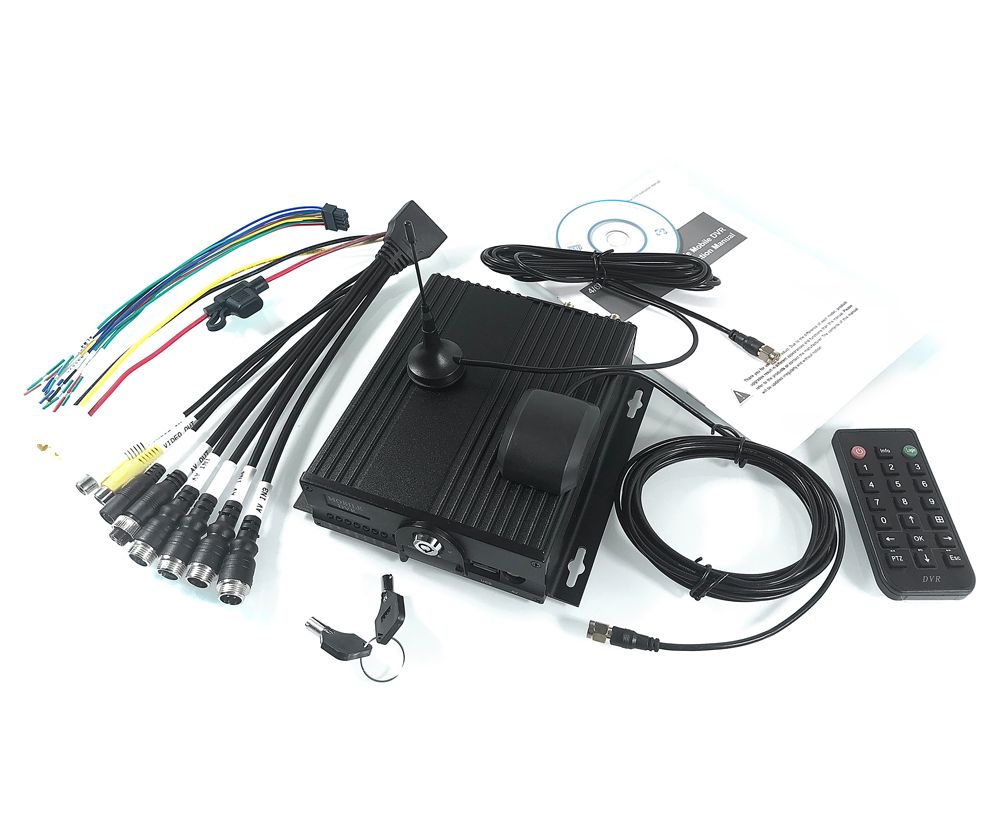
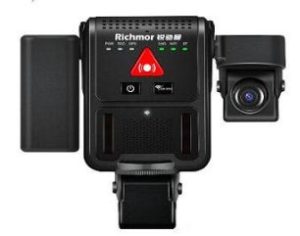
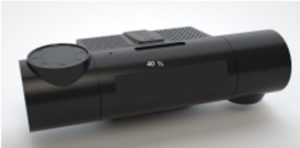
The MDVR or mobile recorders, for its acronym in English (Mobile Digital Video Recorder), are more than that. Not only do they record events on vehicle routes, but for some time they have allowed real-time transmission of audio, video, GPS position and other data that happens inside the units. This is possible because, unlike conventional GPS, they are actually small specialized computers that can integrate a 4G communication center to send all the information collected by both cameras and integrated sensors to a specialized platform.
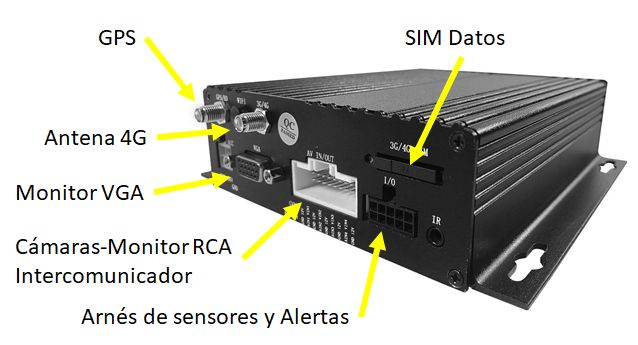
These computing capabilities have also evolved and now allow the use of technologies such as Artificial Intelligence (AI) and Internet of Things (IoT) that allow the incorporation of sensors through cameras and specialized sensors that allow accidents to be avoided and alert us about the driving status of vehicles. unit.
In the beginning, these types of solutions were very expensive, around $2,000 USD, now these costs have been lowered and there are now solutions from $240.00 USD including the communications module. Ask about our real-time and offline solutions.
The big difference between the two is that if you are not interested in knowing more than having past evidence to analyze after an event is reported to you, you can use the offline solutions. But if you need to be monitoring or are interested in having evidence at the moment to implement action steps, you need real-time solutions. Here is a table that indicates the differences regarding the functionalities of the MDVR if it operates in real time or offline:
| OUT OF LINE | REAL TIME | |
| SPECIALIZED COMPUTER | YES | YES |
| CAMERA PORTS | YES | YES |
| AUDIO AND VIDEO STORAGE MEDIUM | YES | YES |
| PORTS FOR ACCESSORIES AND ALARMS | YES | YES |
| GPS PORT | OPTIONAL | YES |
| LOCAL VIDEO MONITOR CONNECTION | YES | YES |
| AUDIO AND VIDEO EVIDENCE RECOVERY | CONNECTING TO THE MDVR OR REMOVING MEMORY | REMOTE VIA PLATFORM |
| GPS POSITION DISPLAY | USING GPS OPTION AND REMOVING MEMORY | REMOTE VIA PLATFORM |
| ACCESS TO VIDEO ALERTS | NO | YES |
| REQUIRES DATA SIM TO COMMUNICATE | NO | YES |
It is variable depending on the following:
- The number of cameras.
- The hours that the unit is handled per day and the time that the configuration of leaving the cameras on after removing the keys from the off switch is left.
- The resolution at which you record (720p or 1080p) . Usually 720p
- The number of frames per second at which it records. Usually 15 fps.
- The encoding type of the recorder. Either .h264 or .h265 encoding.
Generally a memory of 64Gb .h264 with 2 720p cameras being used 18 hours a day allows 4 or 5 days of storage. If storage is required for more days, more memory can be added. MDVR devices that operate with microSD support between 128GB and up to 512GB. That can be enough for 10 to 15 days with 4 cameras. It depends on the working hours that the unit has.
If more days of video storage are required or MDVR of 6 or more cameras is used, MDVR with a hard disk with a capacity of up to 2 Teras is recommended, which can provide storage for more than a month according to the configuration of 4 cameras with 720p of resolution and same encoding .h264. Nowadays most of the clients operate with SD MDVR and analyze very close events no longer than 5 days.
Remember that the memories are rolled, that is, after the memory is saturated, the oldest videos are rewritten.
MDVRs generally consume as if they had a 24Watt accessory. The consumption and wear of the battery could occur while the unit is off and the MDVR is configured to turn off completely in very long periods of more than 2 hours, since that is where it directly consumes the battery without it being recharge. Recording while the vehicle is off is recommended in use scenarios where there may be important events in which we must turn off the unit: use at bus stops where there may be theft of the unit or evidence of altercations or problems at the base, etc. Or as part of having evidence of the maneuvers of loading and unloading of products and other similar.
The recommendation is to have one or two hours of configuration, if it is not required, it can be from immediately to one day. The latter, in the long run, will require more frequent changes to your batteries.
MDVRs generally have more capabilities than a dashcam. Dashcams are cheaper, but they do not have growth possibilities, they are oriented more for the sales sector to the public in general in cars or for very specific purposes for fleets. They generally do not support more than 128GB of memory and when recording at 1080 resolutions they only keep a few hours of recording in cycle if the unit is used intensively. They do not have the capacity of additional sensors to GPS and they do not have warning buttons and almost no model works in real time. Take a look at our Dashcams section and see the Dashcam-type MDVR model to see the new equipment we offer that provides real time at a very affordable price.
This is because in the case of the video that is seen from the platform, it is optimized so that it can be seen smoothly through the speeds that 4G networks can provide, for which we are talking about having a resolution of transmission (streaming) and a real recording resolution (master recording). This is also directly related to the costs that are in the data plans that are contracted with your cellular company (carriers) so that you can access the services, the higher the streaming resolution that is used, the more data you are consuming from the data plans of the plan that both your unit and the device where you consult it have. So the video that we see from the platform is focused on the fact that the events can be appreciated by lowering the resolutions using very efficient audio and video compaction mechanisms. With this you have sub-streaming resolutions for the video transmission that can be CIF or D1 and a higher resolution for the real recordings that are generally from D1 and up to 1080.
4K resolutions are of very high consumption both in storage media, as well as in their recovery, and processing, which makes it slow and more expensive. But the main reason is that generally, as the distances of interest are short, higher than 1080 is not required. With resolutions 720 for indoors and 1080 for outdoors, they have been sufficient for the largest use cases.
